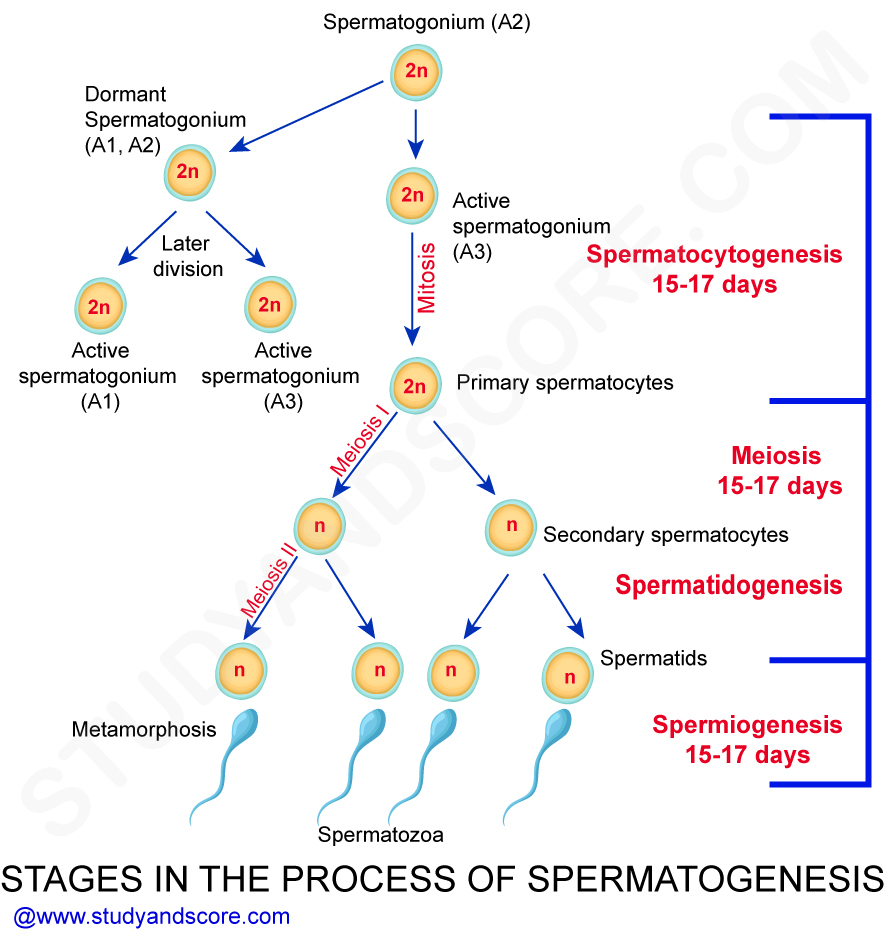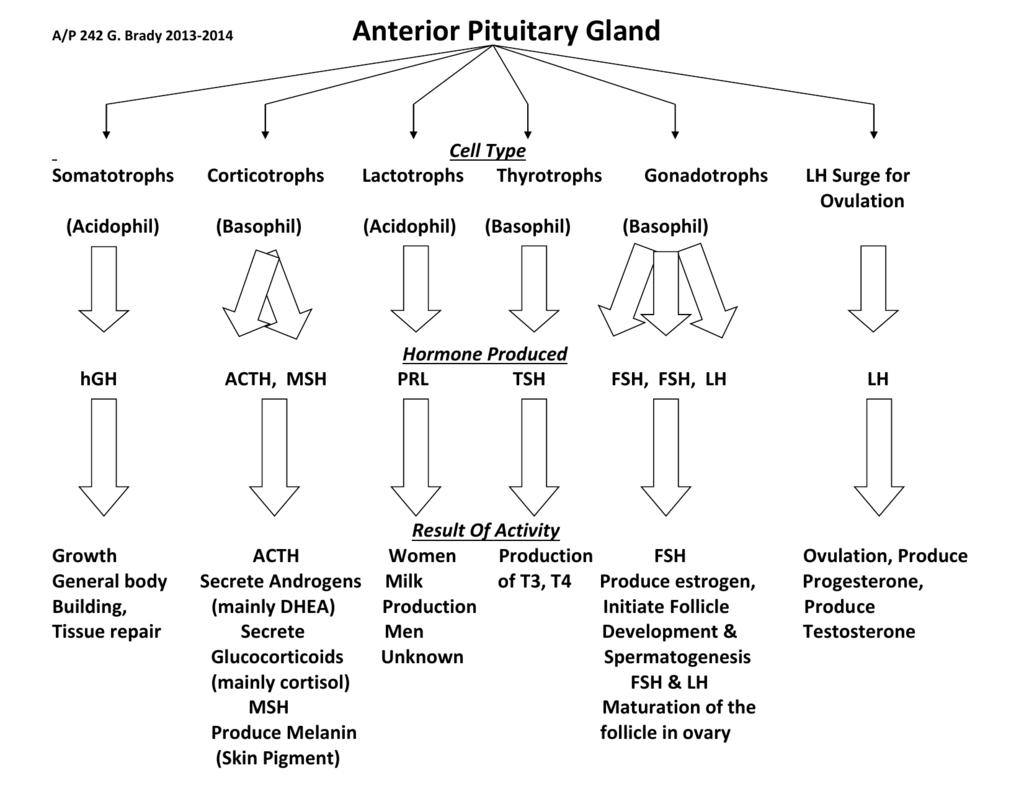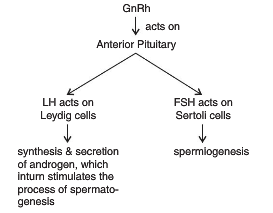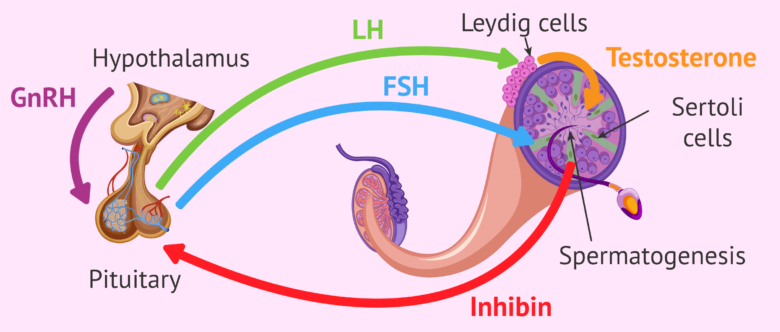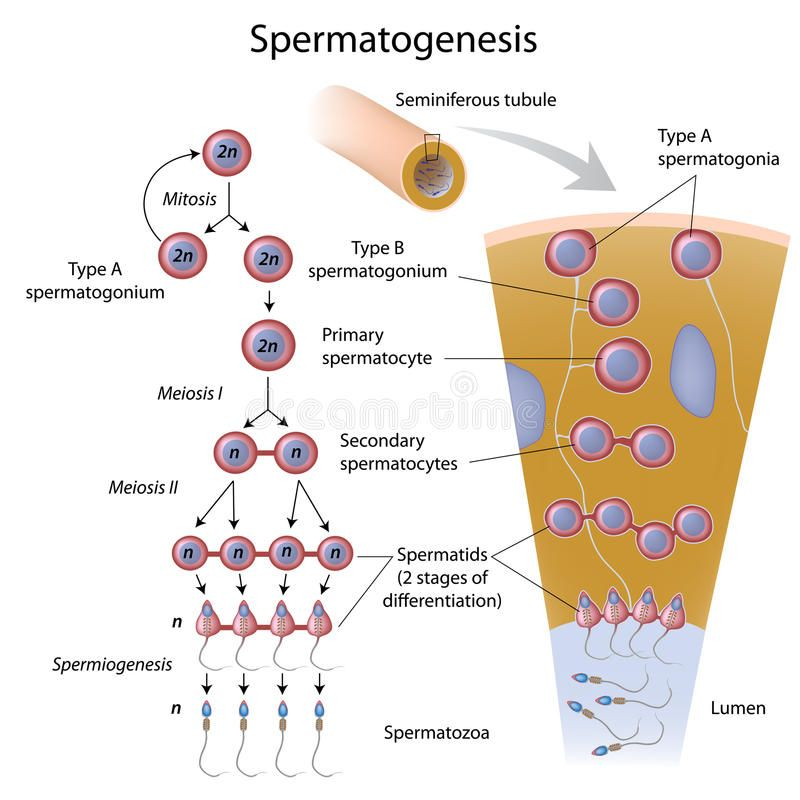Spermatogenesis is the process by which sperm cells are produced in the testes of male organisms. This complex process involves multiple stages, starting from the division and maturation of germ cells to the formation of mature spermatozoa. Hormonal control plays a crucial role in regulating spermatogenesis, ensuring the production of functional sperm cells for reproduction.
Understanding the flow chart of hormonal control of spermatogenesis is essential to grasp the intricate mechanisms involved in this vital biological process.
Flow Chart Of Hormonal Control Of Spermatogenesis
Hormones Involved in Spermatogenesis
Several hormones play key roles in regulating spermatogenesis, including follicle-stimulating hormone (FSH), luteinizing hormone (LH), testosterone, and inhibin. FSH stimulates spermatogenesis by acting on Sertoli cells in the testes, promoting the maturation of germ cells. LH, on the other hand, triggers the production of testosterone by Leydig cells, which is essential for the development and maintenance of male reproductive tissues.
Testosterone plays a crucial role in supporting spermatogenesis, influencing the proliferation and differentiation of germ cells in the seminiferous tubules. Inhibin, produced by Sertoli cells, acts as a negative feedback mechanism to regulate FSH secretion, ensuring optimal control of spermatogenesis.
Flow Chart of Hormonal Control of Spermatogenesis
The flow chart of hormonal control of spermatogenesis outlines the sequential steps and interactions between the key hormones involved in regulating this process. FSH stimulates Sertoli cells to support germ cell maturation, while LH promotes testosterone production by Leydig cells. Testosterone, in turn, influences germ cell proliferation and differentiation, leading to the formation of mature spermatozoa.
Inhibin acts as a feedback mechanism to regulate FSH levels, maintaining a delicate balance in hormone secretion for optimal spermatogenesis. This intricate hormonal control system ensures the continuous production of functional sperm cells in the testes, essential for male fertility and reproduction.
By understanding the flow chart of hormonal control of spermatogenesis, researchers and healthcare professionals can gain valuable insights into the complex mechanisms that govern this critical biological process. This knowledge can pave the way for developing new therapeutic approaches to treat male infertility and reproductive disorders.
Overall, the flow chart of hormonal control of spermatogenesis provides a comprehensive overview of the intricate regulatory mechanisms that govern the production of sperm cells in the male reproductive system, highlighting the essential roles of key hormones in ensuring successful spermatogenesis.
Download Flow Chart Of Hormonal Control Of Spermatogenesis
Spermatogenesis Flow Chart
Flow Chart Of Spermatogenesis Draw A Flow Chart To Show The Hormonal
Hormonal Regulation Of Spermatogenesis
Spermatogenesis Flow Chart
